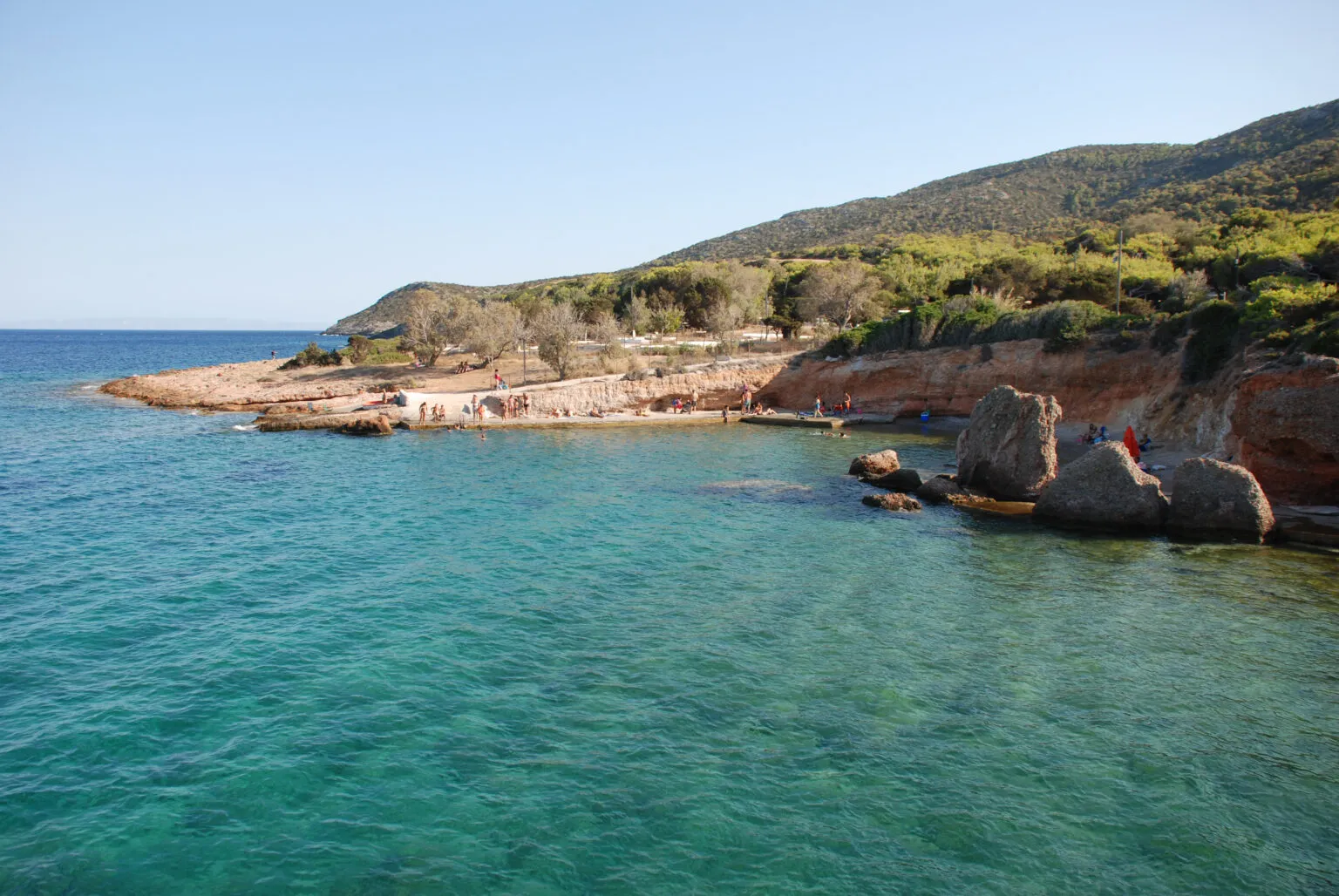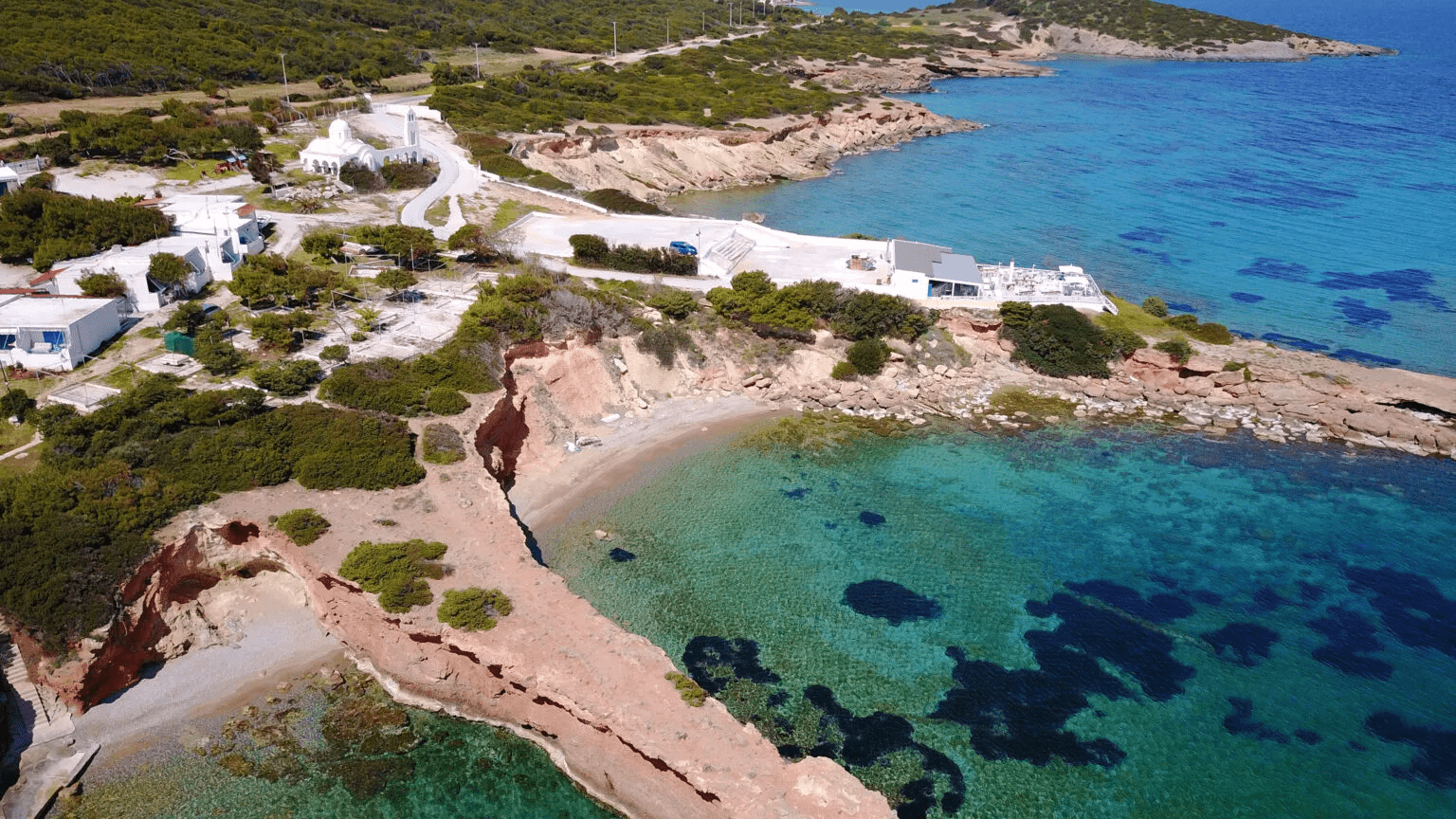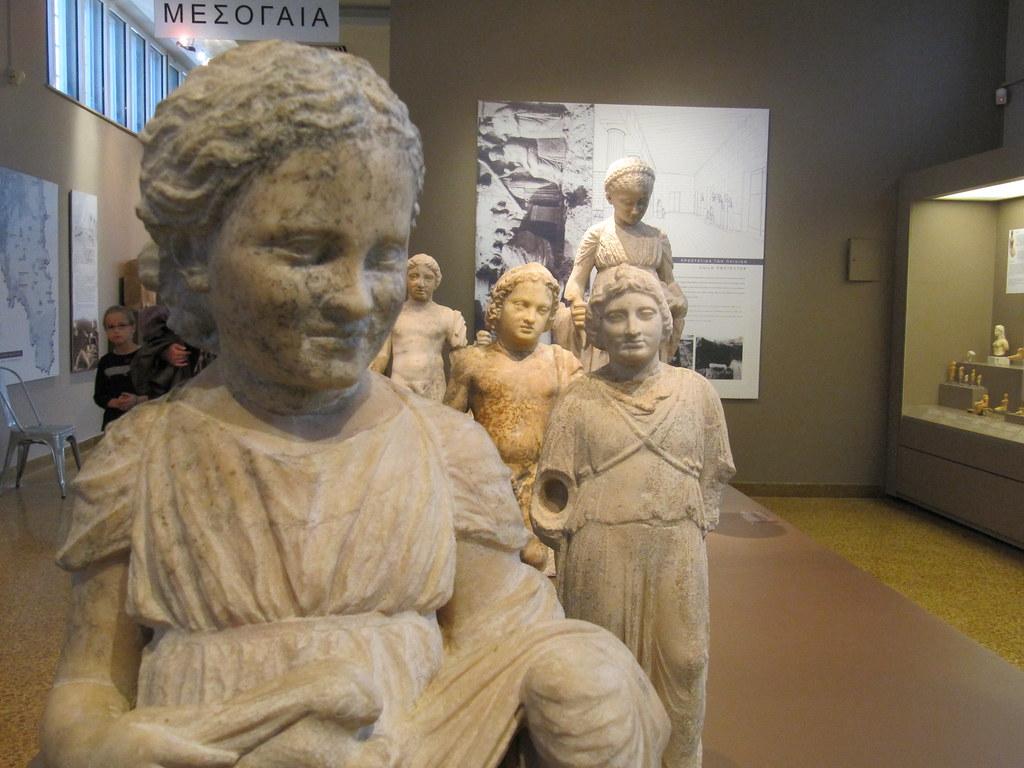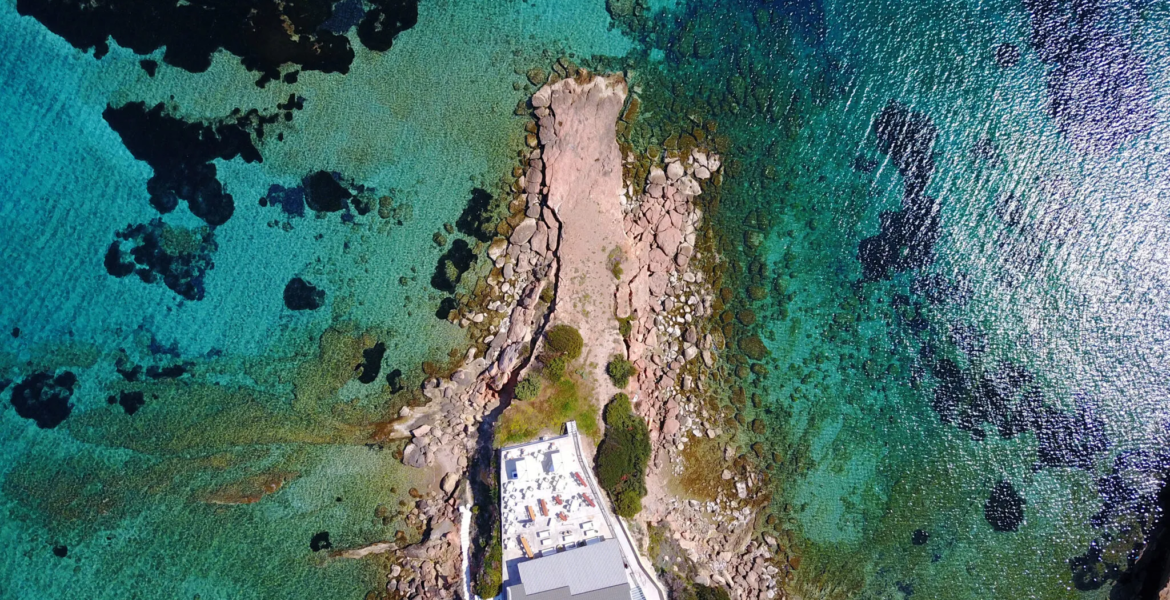Compared to other coastal destinations in Attica, Mikri Chamolia is rather unknown when compared to the time-popular beaches of Loutsa and those of Porto Rafti despite perhaps being the most special beach in Attica.
It is not just the turquoise waters of the sea, but the natural environment and the zigzags of the coasts that refer to an exotic island, Travel highlighted.
The seaside settlement of Chamolia in Vravrona is 45km away and about 50′ if you start from the centre of Athens and use the Attiki Odos (if you do not want to pay tolls, you will travel less than 40 km but you will probably need more time).

Arriving at the settlement and after passing through its main beach, head to the right. At a distance of 500 metres you will find a small dirt road that ends at the wonderful Mikri Chamolia.
Now - thanks to the internet - the beach is not as "secret" as a few years ago.
This means that if you want to find a place on the beach and not on the rocks, it would be good to come here early - especially on weekends.
There are many who come here just to spread their towel on the rocks and slabs, an ideal place to dive in the crystal clear waters.

While swimming you will have a view of the opposite shores and the hills of Vravrona, a special landscape that you could hardly imagine that you could see in Attica.
The beach is not organised - sunbeds and umbrellas do not exist.
If you want to visit a larger beach, at a distance of 20 minutes is the beach of Loutsa, with its endless sandy beach and shallow sea, a timeless - as well as vintage now - holiday choice for Athenians since the 1980s.

It is worth starting relatively early for Chamolia to combine your swim with a visit - preferably before the bath - to the archeological site of Vravrona and the museum.
The temple of Brauronia Artemis was one of the most important sanctuaries of antiquity.
Today's archeological site is dominated by the small Doric temple of Artemis, built on the site of an older archaic temple in the first half of the 5th century BC. Here, apart from Artemis, Iphigenia was also worshiped.
Around the temple, there is a wonderful wetland with lush vegetation. The archeological site is located on the banks of the river Erasinos.
Shortly before its mouth in the Evoikos, the river stagnates, creating an ecosystem in which frogs, turtles and (harmless) water snakes live.
If you are at the archeological site, a visit to the museum is a must. Small but very important with findings of great value.
Among them stand out the numerous statues of little boys and girls, as the view of Artemis, apart from being a goddess of hunting, was also a goddess of childbirth and children.

Leaving the museum, we once again admired the tranquility of the landscape. Chamolia as well as the archeological site and the wetland of Vravrona are among the places that will make you forget that Syntagma Square is less than an hour away by car.
READ MORE: Visiting Athens? Don’t forget to see these archeological sites in Attica.

